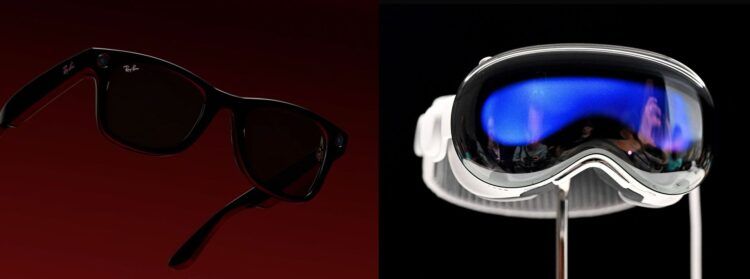The clash of titans has arrived in the realm of augmented reality and artificial intelligence: RayBan Meta Smart Glasses vs Apple Vision Pro. While the official release of both these groundbreaking gadgets is slated for 2024, the hype surrounding them is already palpable.
In this article, we’ll dive into the early comparison of these innovative smart glasses, dissecting their design, features, device control, battery life, pricing, and availability.
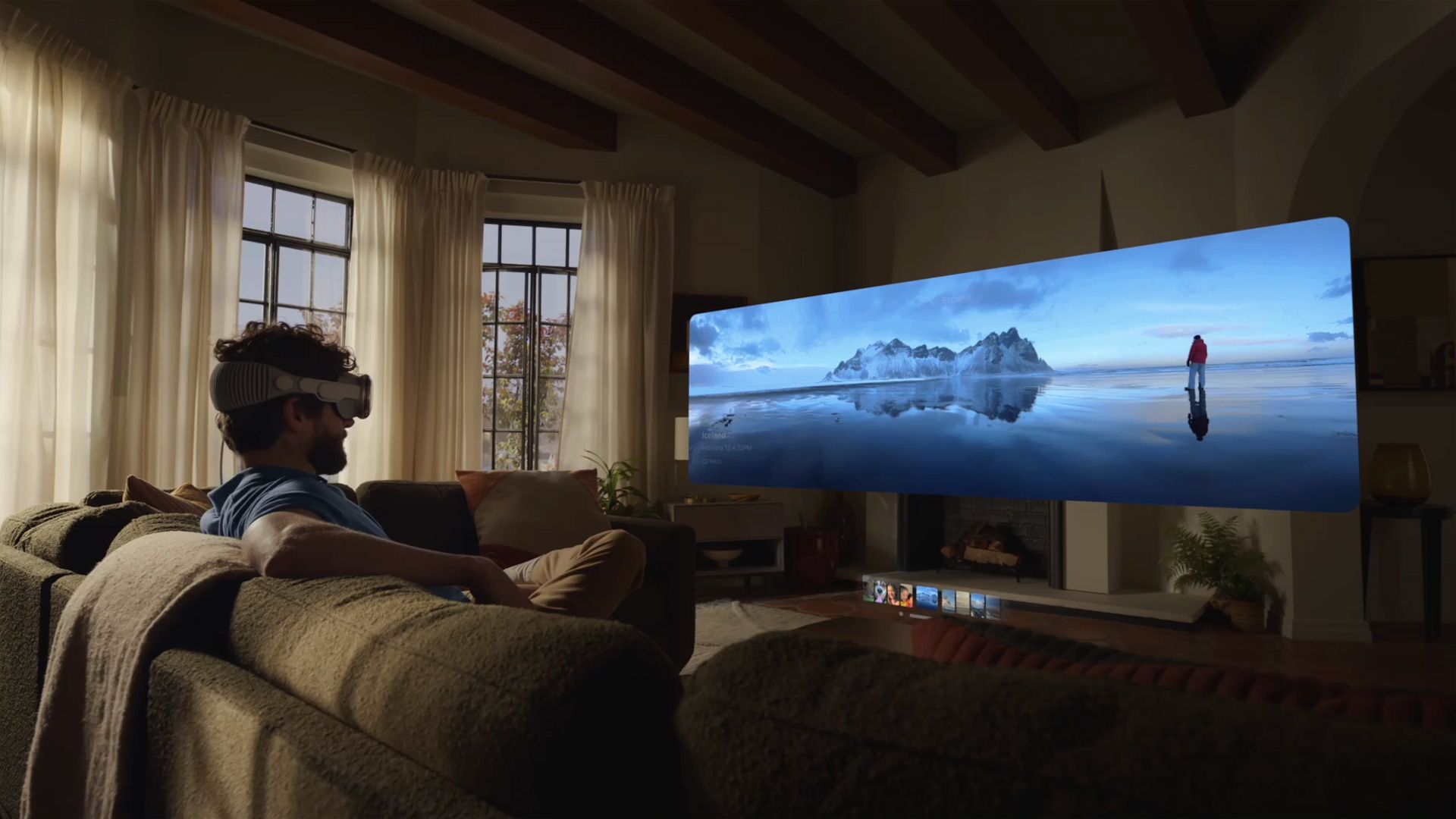
RayBan Meta Smart Glasses vs Apple Vision Pro: Design
Apple’s Vision Pro boasts a robust yet bulky design, which some tech enthusiasts argue may not be the most inconspicuous option for on-the-go wear. It carries a considerable weight and might leave a noticeable mark on your face after extended use. In contrast, Ray-Ban Meta Smart Glasses, a collaborative effort with the renowned eyewear brand, have prioritized sleekness. With over 150 custom frames and lenses, they’re tailored for those keen on effortlessly capturing and sharing moments with friends. The forthcoming Quest 3 is anticipated to follow suit, aiming for a lighter frame and enhanced controls, learning from its predecessor’s feedback.
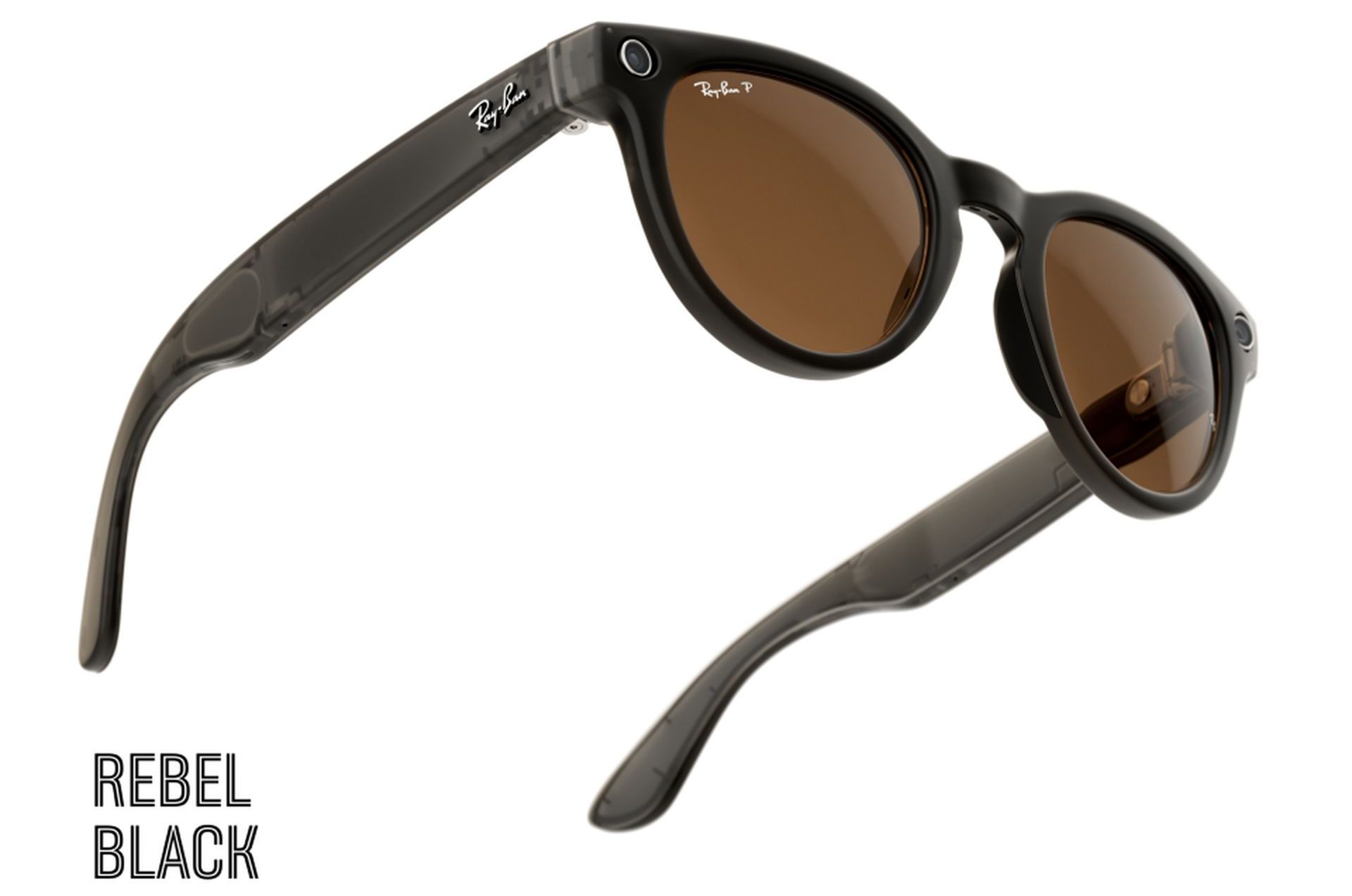
RayBan Meta Smart Glasses vs Apple Vision Pro: Features
Apple Vision Pro comes armed with a staggering 4K micro OLED display, comprising an impressive 23 million pixels. It integrates cutting-edge eye and gesture tracking for seamless navigation and control. A myriad of cameras promises high-fidelity image and video capture, and the built-in spatial audio ensures audio immersion like never before. Notably, Optic ID iris scanning and the visionOS operating system promise a comprehensive experience.
Although Quest 3’s features have not been officially disclosed by Meta, the success of the second-gen Ray-Ban Meta Smart Glasses in capturing stunning visuals with its three cameras sets a promising precedent. The inclusion of a five-microphone array ensures immersive audio recording, promising to recreate sounds authentically. While lacking AR and VR features, Quest 3 is poised to unlock a world of “mixed reality.”

RayBan Meta Smart Glasses vs Apple Vision Pro: Device control
Apple Vision Pro gains an edge with its eye and gesture tracking capabilities, making it an intuitive choice. However, the forthcoming generation of Quest products is anticipated to be more streamlined and user-friendly, making them a seamless fit for public use.
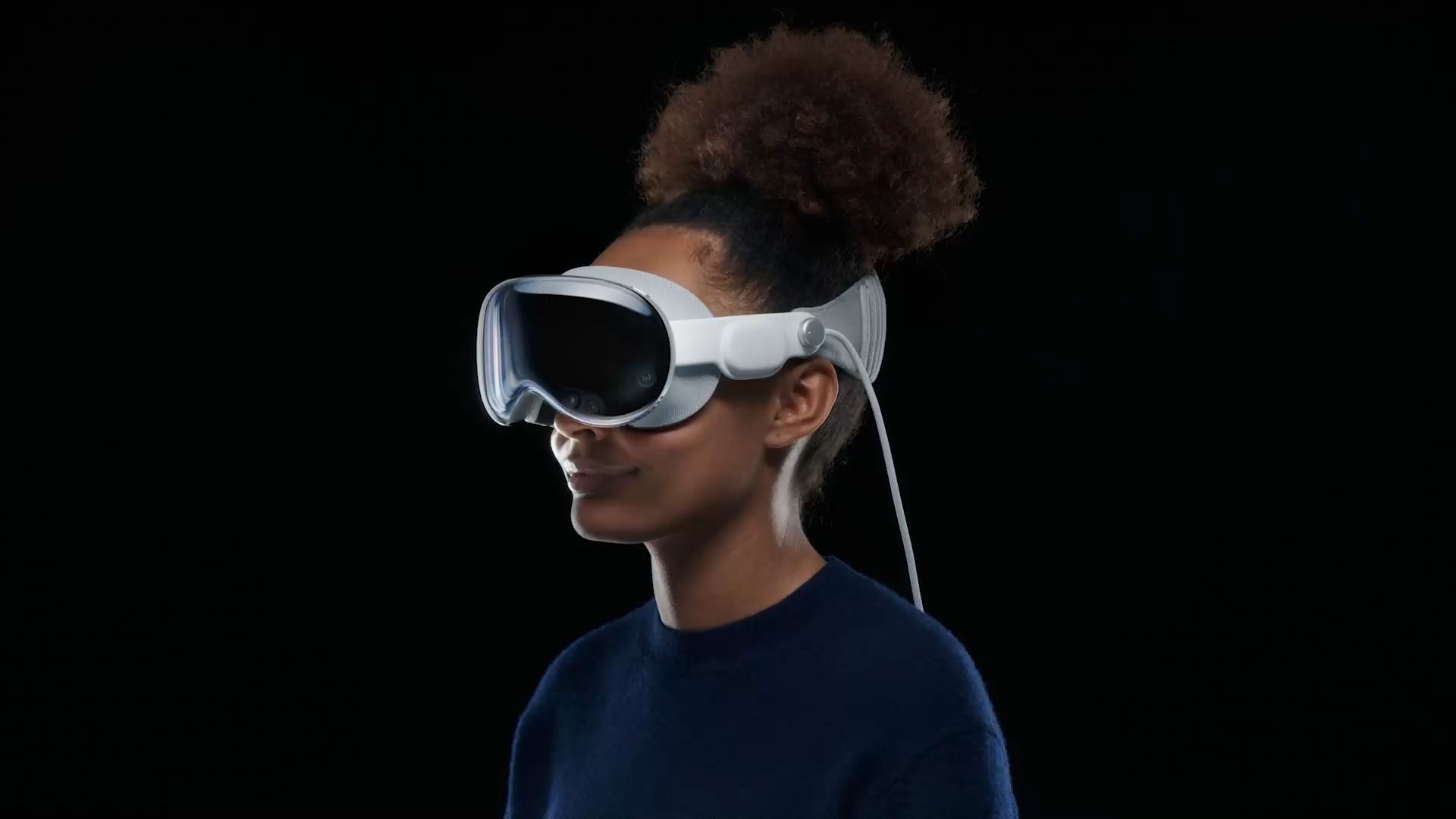
RayBan Meta Smart Glasses vs Apple Vision Pro: Battery life
Apple Vision Pro offers a modest two-hour battery life, although it can extend with a power adapter. Ray-Ban Meta Smart Glasses, on the other hand, provide a comfortable four hours of usage with a charging case boasting an impressive 32-hour backup. This bodes well for the anticipated improvements in Quest 3’s battery life.
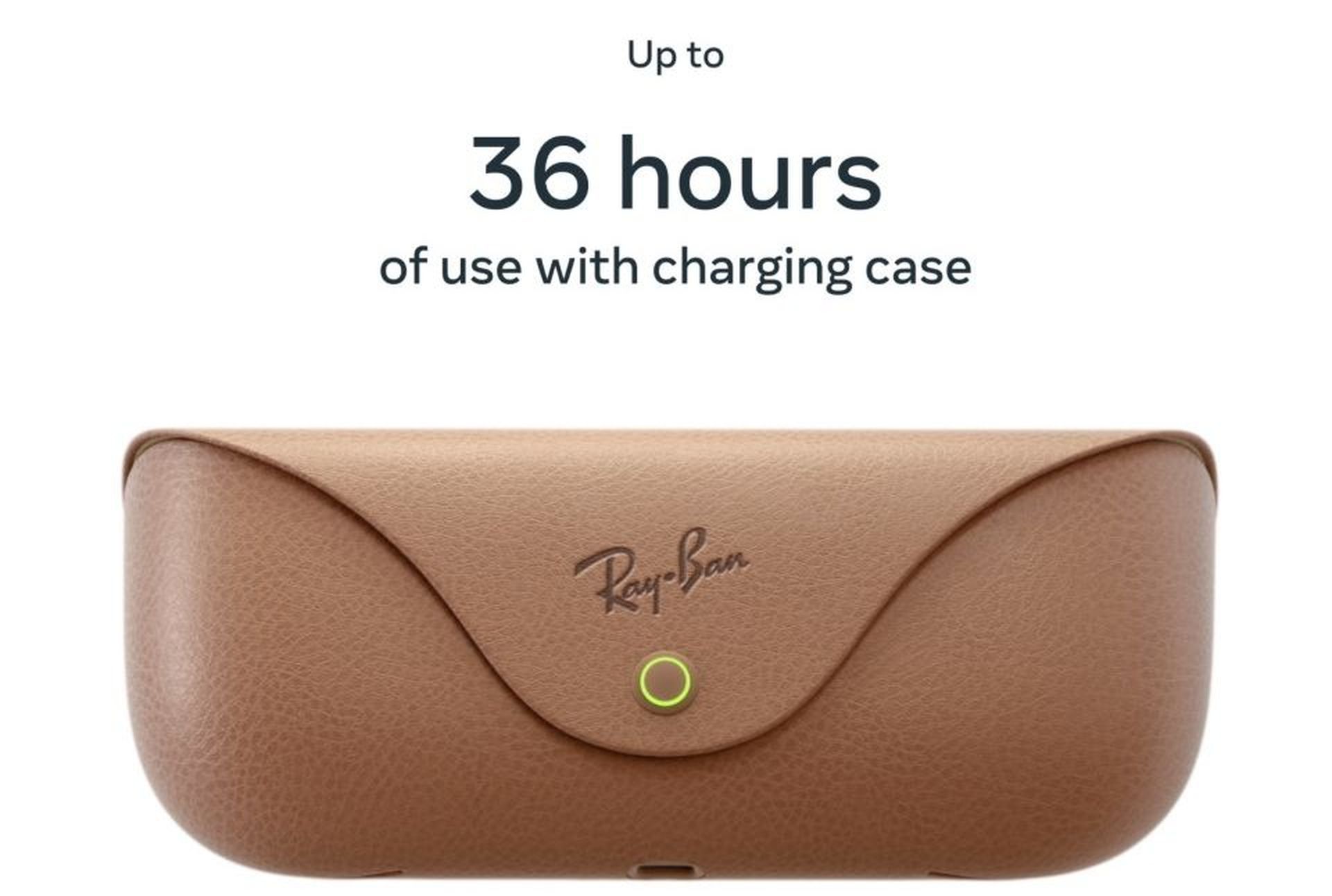
RayBan Meta Smart Glasses vs Apple Vision Pro: Price
Here’s where Ray-Ban Meta Smart Glasses truly shine. Sources suggest an all-encompassing package within the ballpark of $500, making it a significantly more affordable option compared to the starting price of Apple Vision Pro at $3,499.
RayBan Meta Smart Glasses vs Apple Vision Pro: Availability
Apple Vision Pro is initially set to launch exclusively in the US, with no immediate plans for global expansion. In contrast, Ray-Ban Meta Smart Glasses have already debuted in 15 countries, with a promise of further market expansion. Expectations are high for Quest 3 to follow this inclusive availability strategy.
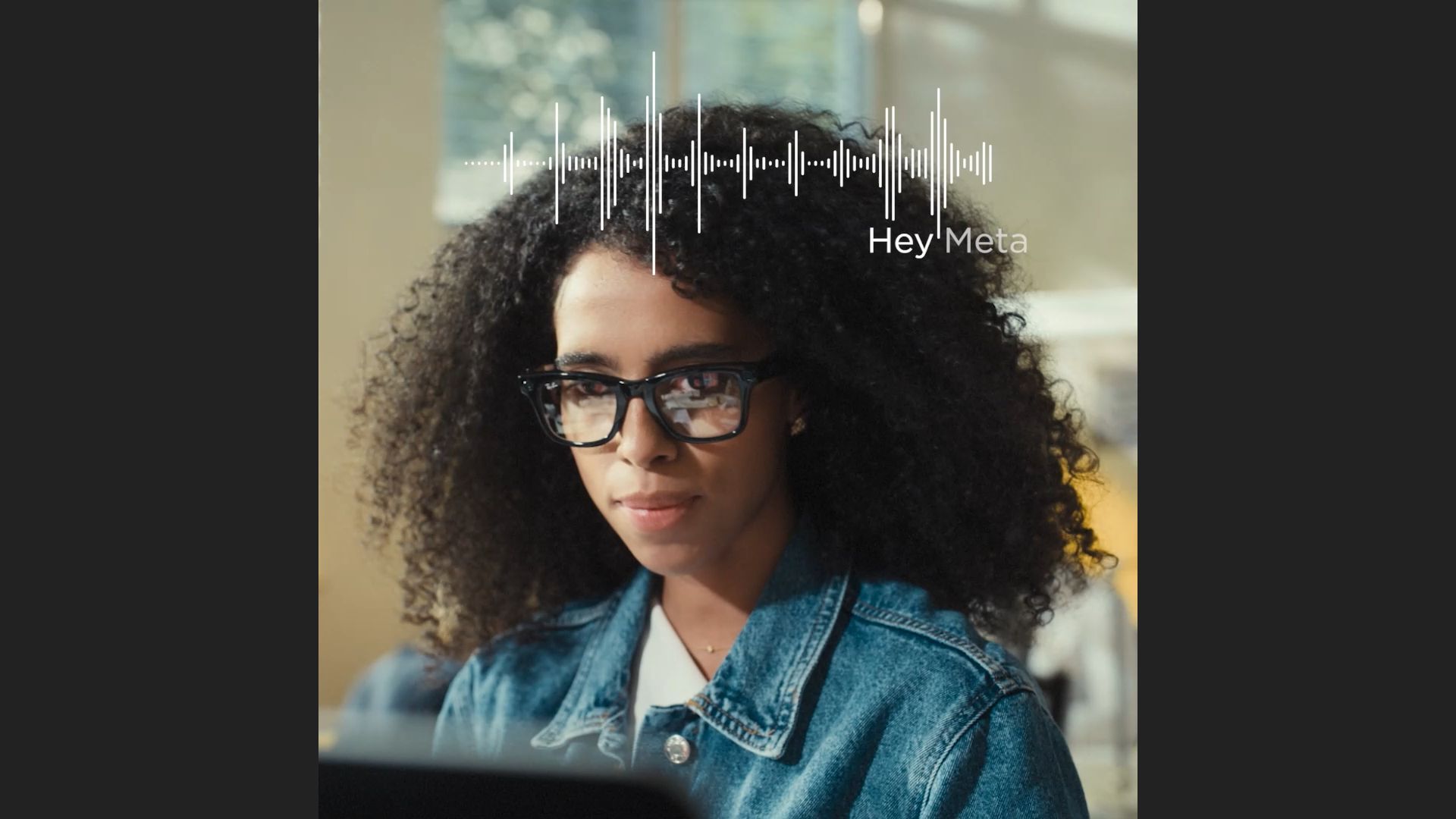
Both Ray-Ban Meta Smart Glasses and Apple Vision Pro represent significant strides toward responsible and safe AI integration. As these products undergo rigorous testing and refinement, users are advised to approach this transformative technology with care.
Whether you opt for the fashion-forward Ray-Ban Meta or the robust Apple Vision Pro, you’re stepping into a future where reality and technology merge seamlessly. The choice is yours, but the journey promises to be nothing short of extraordinary.
Featured image credits: Meta and Apple

